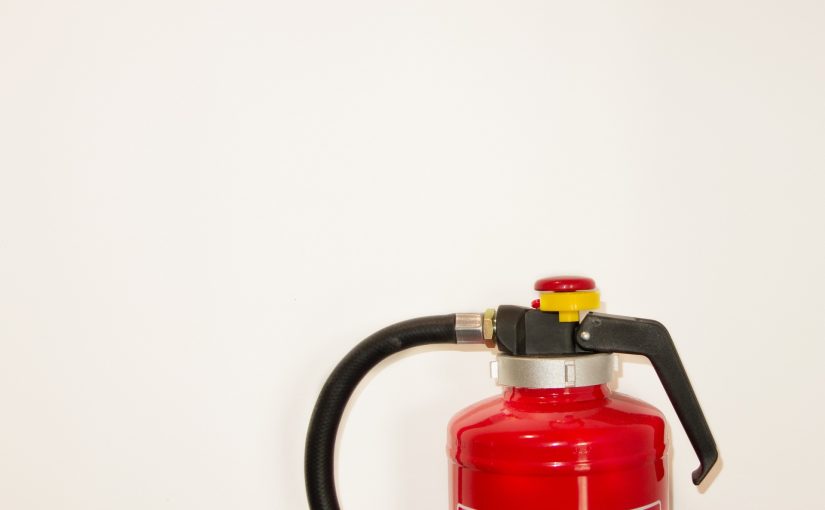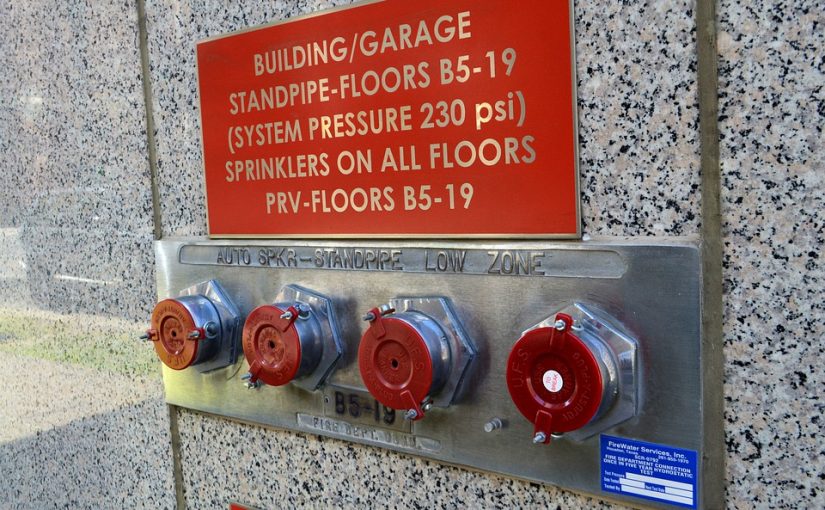Fire safety is essential for every commercial building. Fire protection systems are critical to keeping areas of high risk, such as offices, warehouses, and manufacturing plants, safe from the threat of fire. These systems are designed to detect a potential fire, alert occupants and firefighters, and quickly control or put out the fire before it can cause significant damage. This article will discuss some of the must-have fire protection systems for any commercial building.
Early Warning Systems
An effective early warning system is one of the most important elements of a successful fire protection system — more commonly known as a smoke detection system. This system detects smoke particles in the air before they become visible and triggers an alarm to alert both occupants and emergency services.
Fire Sprinkler Systems
Another essential fire protection system used in commercial buildings is a fire sprinkler system. This system uses strategically placed sprinklers throughout the building that are activated when a fire is detected. This helps to quickly contain and put out a blaze before it can spread or cause significant damage. In addition, most modern sprinkler systems are designed to operate independently of one another, allowing for a targeted water supply for maximum effectiveness.
Extinguishers
Fire extinguishers are essential for containing small fires before they become too large to be safely controlled by hand. Fire extinguishers should be placed at multiple locations throughout the building to be accessed quickly in an emergency. When choosing extinguishers, select ones designed for the type of fire they need to control (e.g., electrical, grease and oil fires).
Emergency Exits
In addition to the above systems, ensuring your commercial building has adequate emergency exits is important. These exits should be marked with signs and easy to access in an emergency. Additionally, all these exits should include self-closing doors or gates that can help contain a fire if needed.
Fire Alarm Systems
Finally, it’s important that every commercial building also have a fire alarm system. This system is designed to alert occupants of a potential fire so they can evacuate quickly. The system should be tested regularly to ensure it is functioning properly and all occupants are familiar with how to use it in an emergency.
These fire protection systems are essential for any commercial building, as they can help keep occupants safe from a fire threat. Be sure to consult a local fire safety specialist for more information about the best types of fire protection systems for your specific needs.


